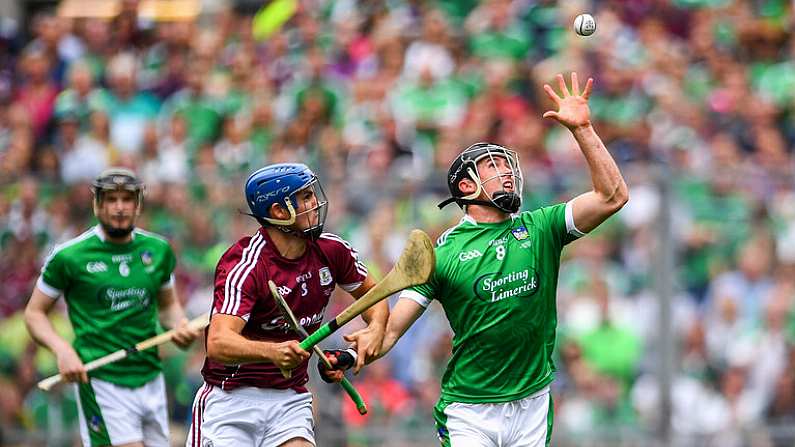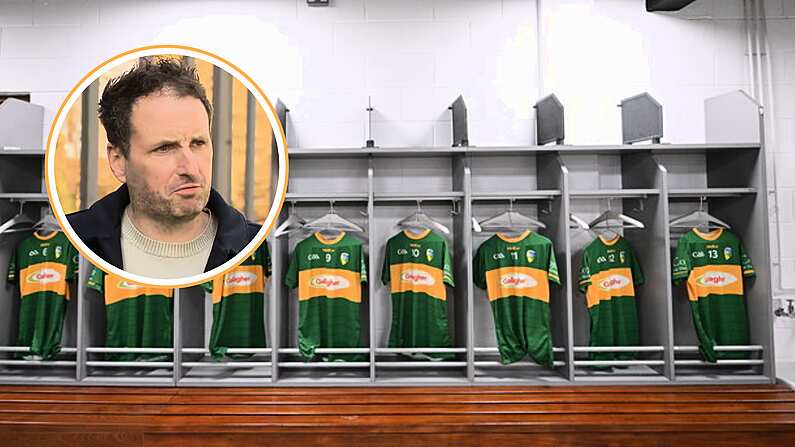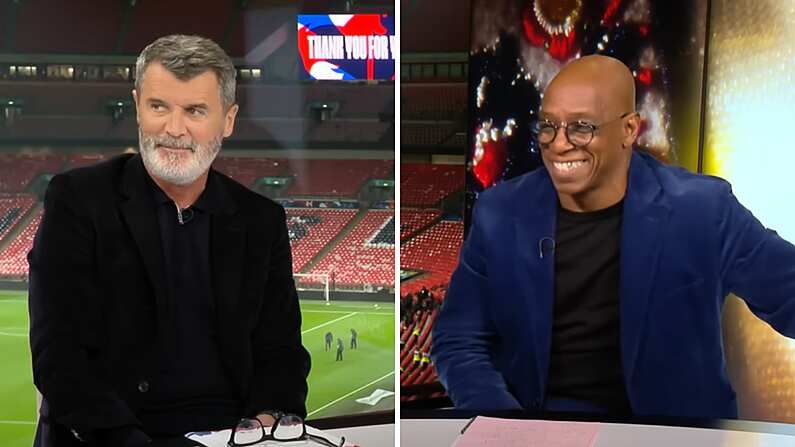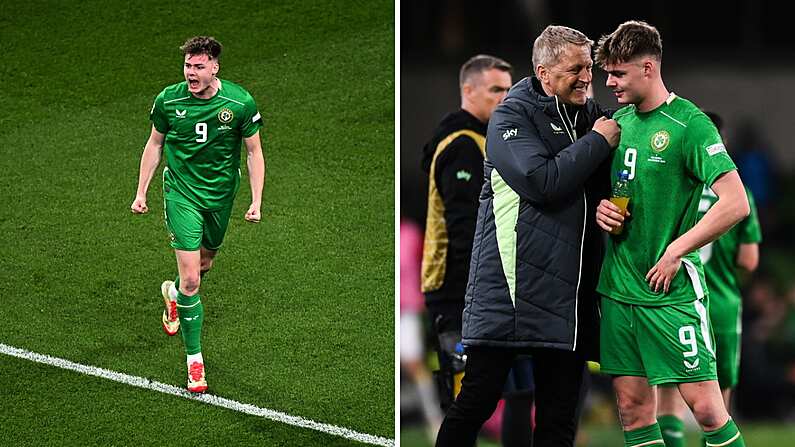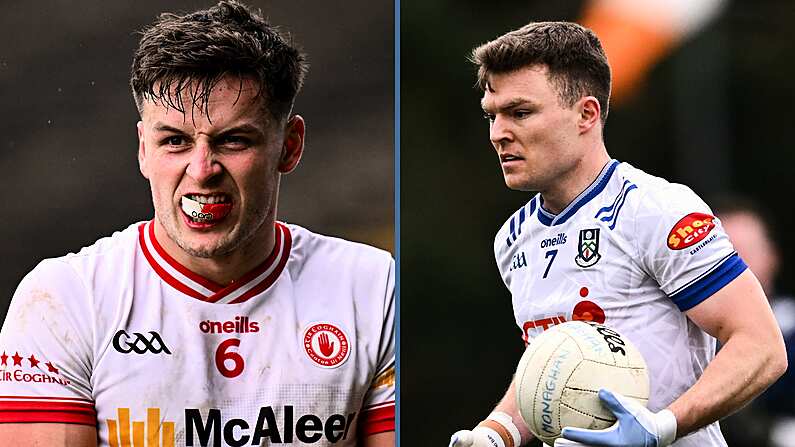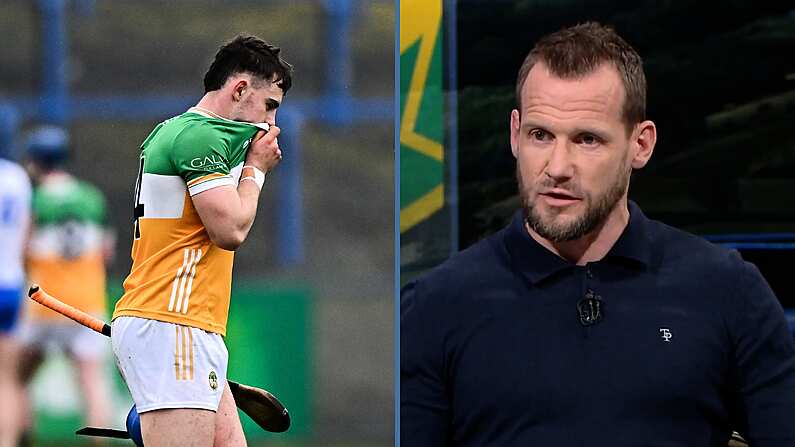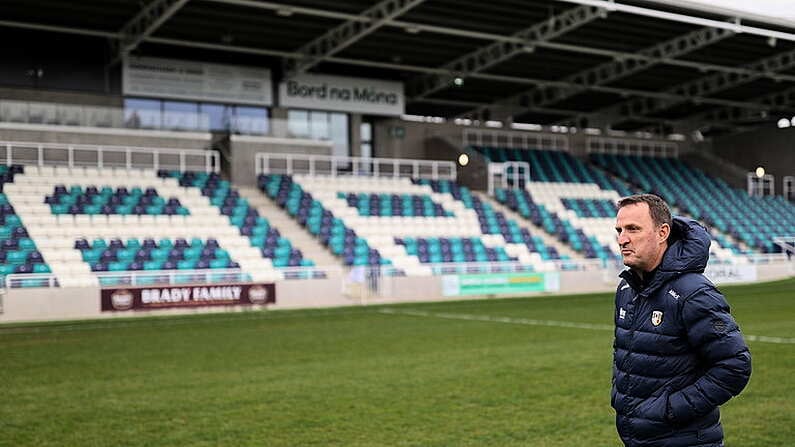Now that the dust has settled on the All-Ireland hurling final, the granular detail can be examined.
Limerick finally applied balm to a 45-year wound at the end of a frenzy at Croke Park on Sunday, saved as they were by the final whistle as momentum pushed Galway to the brink of a draw.
On this week's edition of the So-Called Weaker Podcast, we took a deeper look at how the final was won and lost with the considerable benefit of statistics furnished to us by Sure, the official statistics partner of the GAA. You can listen to the podcast by subscribing on iTunes or by listening below.
It was a deeply curious game: occasionally dull, eventually intoxicating, consistently error-strewn.
Limerick were the better team and looked at separate moments of the second-half to have the title all sewn up, to the point where Marty Morrissey was happy to rap the lyrics to Linger by The Cranberries after Shane Dowling rattled in his goal. (That moment will, eh, linger with most viewers for some time to come).
There were a couple of telling stats that kept Galway in the game, however, in spite of registering just 0-10 in the first 50 minutes of the game. One was Limerick's profligacy across the (almost) 80 minutes. While Limerick registered 20 wides to Galway's 16, they took just 17 of their 37 scoring chances from play. (Galway were dreadfully errant, too, converting just 12 of their 27 chances). This gave Limerick a conversion rate of 45.9%, compared to Galway's 44%.
Where Galway had a considerable edge was in relation to discipline, conceding just three frees in their own half. (Limerick's figure was four). As to whether this was a case of good discipline on Galway's part, or a corollary of the fact they struggled to get close to the effervescent Limerick forward line.
Galway were more consistent in the other half of the field, conceding four frees to Limerick's 10.
Elsewhere, while images of indefatigable Limerick players desperately swarming Galway opponents proved to be one of the enduring images of the final ten minutes, they were actually outdone by Galway in the realm of successful hooks, blocks, and tackles.
Galway's total figure came to 33; Limerick's 32. The latter's, however, were by far the more conspicuous and ultimately decisive: think Gearóid McInerney losing the ball in the lead-up to Tom Morrissey's second-half goal.
Perhaps the biggest reason Galway kept in touch, however, was the fact their number 11 is called Joe Canning, whose influence is difficult to quantify properly.
He and Galway fell short, though, and what that means to Limerick can be summed up with the first number mentioned above.
45 years.

